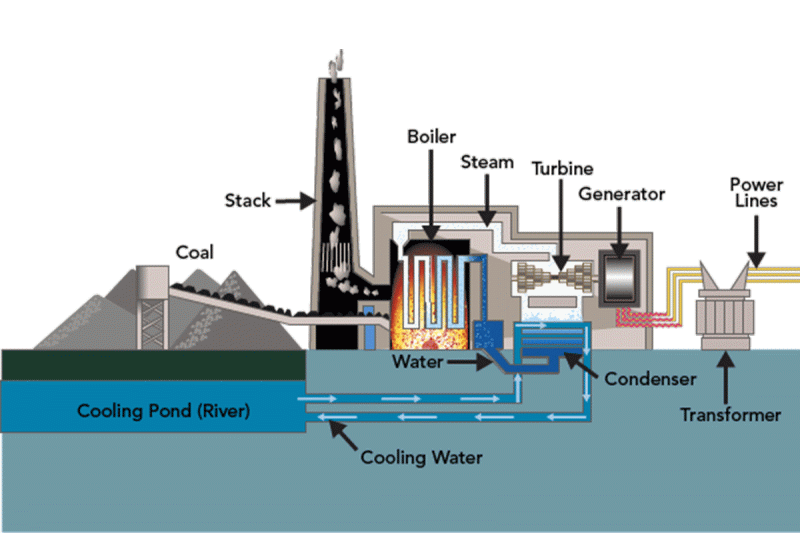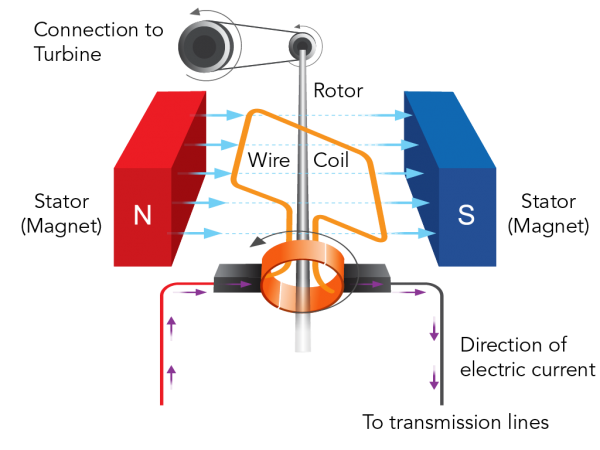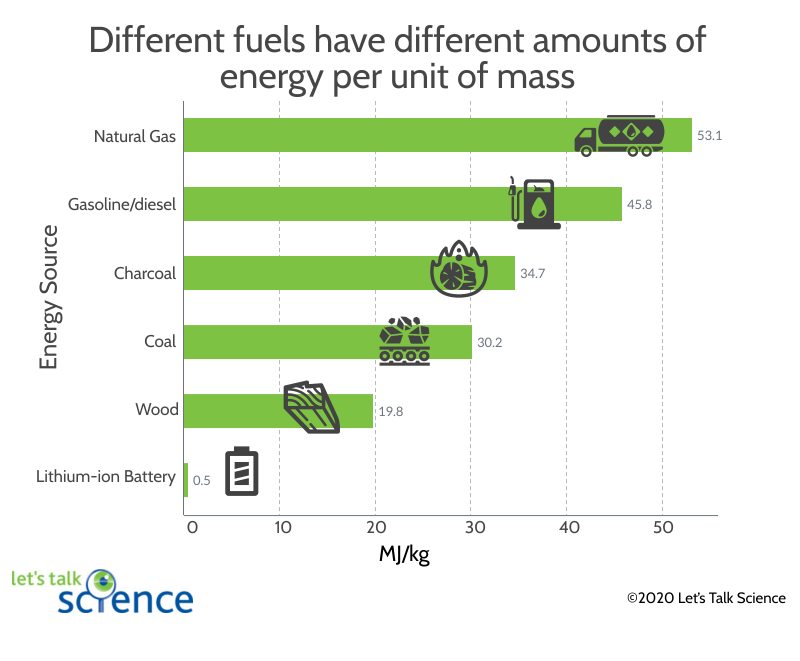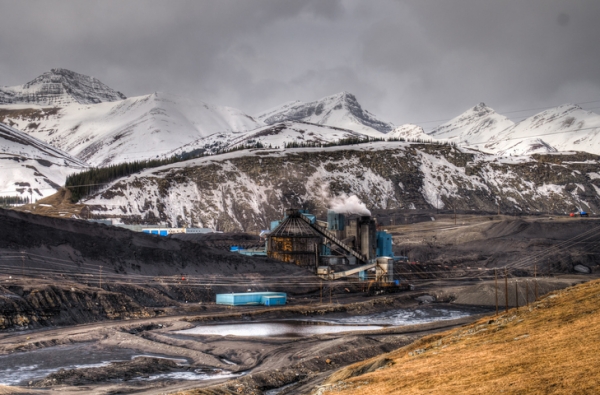Generating Electricity: Fossil Fuels
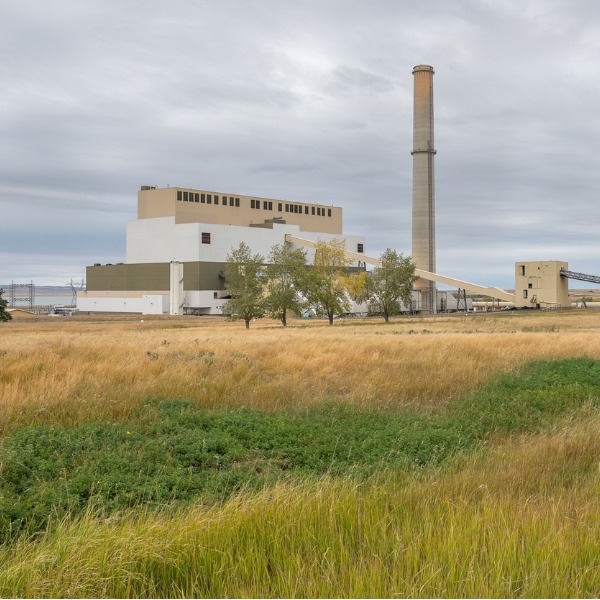
Coal and natural gas fueled generator near Hanna, Alberta, Canada (James_Gabbert, iStockphoto)

Coal and natural gas fueled generator near Hanna, Alberta, Canada (James_Gabbert, iStockphoto)
7.5
How does this align with my curriculum?
BC
10
Science Grade 10 (March 2018)
Big Idea: Energy is conserved and its transformation can affect living things and the environment.
NU
9
Knowledge and Employability Science 9 (Alberta, Revised 2009)
Unit D: Electrical Principles and Technologies
NU
11
Science 24 (Alberta, 2003, Updated 2014)
Unit B: Understanding Common Energy Conversion Systems
YT
10
Science Grade 10 (British Columbia, June 2016)
Big Idea: Energy is conserved and its transformation can affect living things and the environment.
NT
11
Science 24 (Alberta, 2003, Updated 2014)
Unit B: Understanding Common Energy Conversion Systems
AB
9
Knowledge and Employability Science 8, 9 (revised 2009)
Unit D: Electrical Principles and Technologies
NT
9
Knowledge and Employability Science 9 (Alberta, Revised 2009)
Unit D: Electrical Principles and Technologies
BC
7
Science Grade 7 (June 2016)
Big Idea: The electromagnetic force produces both electricity and magnetism.
YT
7
Science Grade 7 (British Columbia, June 2016)
Big Idea: The electromagnetic force produces both electricity and magnetism.
PE
6
Integrated Curriculum Grade 6: Science (Draft 2023)
DK 1.3: Understanding electricity and electric circuits enhances convenience in our lives and contributes to a healthier planet.
PE
6
Integrated Curriculum Grade 6: Science (Draft 2023)
DK 1.3: Investigate characteristics of electricity and electric circuits.
BC
11
Earth Sciences 11 (June 2018
Big Idea: The transfer of energy through the atmosphere creates weather and is affected by climate change.
ON
11
Environmental Science, Grade 11, University/College (SVN3M)
Strand B: Scientific solutions to Contemporary environmental Challenges
ON
11
Environmental Science, Grade 11, University/College (SVN3M)
Strand C: Human Health and the environment
YT
11
Earth Sciences 11 (British Columbia, June 2018
Big Idea: The transfer of energy through the atmosphere creates weather and is affected by climate change.
AB
6
Science 6 (2023)
Earth Systems: Understandings of the living world, Earth, and space are deepened by investigating natural systems and their interactions.

